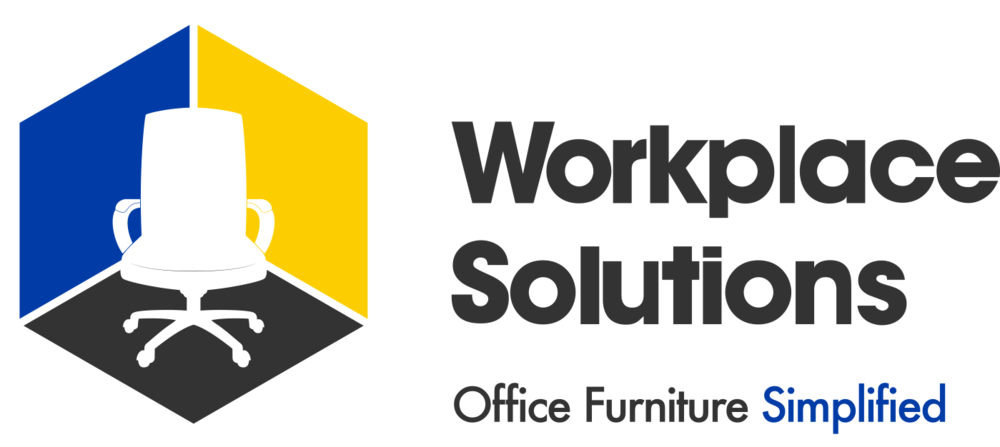Original articles by The BOSS Magazine
It is impossible to exaggerate the significance of office furniture in terms of its role in creating an environment that is both enjoyable and conducive to getting work done. As office furniture design has evolved over time, functional components have been phased out in favor of designs that are more visually pleasing. In this essay, we will study the intriguing history of ergonomic design in office furniture, as well as contemporary trends and the crucial importance of the field.
In this article, we will embark on an enlightening exploration of the fascinating history of ergonomic design in office furniture, charting its evolution through time. Additionally, we will traverse the intriguing terrain of contemporary trends that are leaving their indelible mark on the ever-evolving landscape of office furniture design. Ultimately, we will come to a conclusion regarding the significance of ergonomic design in office furniture. In addition, we will shed light on the crucial relevance of this field by highlighting the role it plays as a linchpin in the seamless synthesis of aesthetics, functionality, and employee satisfaction that characterizes the environment of the modern workplace.
A Glance in the Past
There has been a great deal of advancements made to office furniture ever since the first offices were constructed. At the beginning of the 18th century, high-ranking officials and bureaucrats were generally seen seated at desks and chairs made of substantial and ornate construction using hardwood. These ancient furniture were designed less for their actual functionality and more as symbols of a person’s social standing.
During the time of the Industrial Revolution, a significant turning point in the development of office seating took place. As businesses expanded, there was a growing demand for higher-quality, more multifunctional furniture. Modular furniture, such as desks, cabinets, and seats, became available so that businesses could better accommodate the needs of their growing staff.
The Second Part of Ergonomics
At the tail end of the 20th century, an upheaval occurred as a direct result of the incorporation of ergonomic principles into the design of office furniture. Ergonomics is the study of creating items for human use with the objective of maximizing human health and well-being by avoiding the occurrence of injury to the muscles, nerves, and bones. This can be accomplished by developing products with the purpose of maximizing human health and well-being.
The use of chairs equipped with ergonomic elements such as swivel bases, height adjustments, and lumbar supports became the standard quite rapidly. Because they allow workers to effortlessly transition between sitting and standing, standing desks have become increasingly widespread. Not only did these advancements make the workforce happier, but they also led to an increase in productivity.
Thirdly, Recent Developments in the Field of Office Furnishings
In the realm of office furniture, sleek, minimalist designs that place a focus on clean lines and utility are becoming the standard rather than the exception. The following are examples of some of the newest trends in office furniture:
The proliferation of open-concept workplace layouts has led to an increase in demand for movable and adaptable seating choices. With the use of premium office desks, transportable partitions, and changeable seating, businesses could easily modify their environments to match the ever-changing requirements of their operations.
Because modern workplaces place a premium on teamwork and collaboration, their spaces are typically furnished with elements that encourage communication and collaboration among employees. Imagine meeting rooms that are outfitted with multimedia devices, comfortable lounge areas, and conference tables that have power outlets integrated right in.
Because of the increased attention that people are paying to the environment, there is an increasing need for environmentally friendly, recycled, and renewable materials in office furniture. In addition, companies are investing in modular furniture, which refers to pieces of furniture that are easy to disassemble and reuse. The integration of technology into the various pieces of office furniture constitutes the fourth trend. The installation of wireless charging stations, USB ports, and cable management systems are all beneficial additions to workplaces.
Home Office Solutions The COVID-19 pandemic accelerated the rise of telecommuting, which in turn generated an enormous demand for home office furniture. A growing number of people require peaceful, well-appointed, and ergonomically designed home offices, with elements such as desks, chairs, and screens that can be adjusted to suit individual needs.
The Importance of Leisure Time in Relation to Work Performance
It is difficult to place enough emphasis on the importance of fashionable and practical office furniture. Workers spend a significant portion of their day sitting at their desks, which means that any issues with the environment in which they are required to work can have a significant influence on their health, output, and attendance. Using ergonomic furniture in the workplace can help reduce the risk of injuries and boost levels of comfort.
In addition, office furniture designed with an eye towards aesthetics has been shown to boost both morale and productivity. The morale of employees as well as first impressions made on clients and guests are positively affected by a beautiful office environment. It is the embodiment of the fundamental principles and ethos of the firm, which provides employees with a sense of pride in their job and a stake in the success of the organization.
Conclusion
Office furniture has transitioned from its historical function as a primary status symbol into a tool that helps workers achieve more comfort, productivity, and aesthetic enjoyment. As time goes on, the needs of businesses and the individuals working for such organizations shift, and so must the furnishings inside of workplaces. Open floor plans, eco-friendly materials, and ergonomic designs are just a few examples of how open floor plans, eco-friendly materials, and ergonomic designs are just a few instances of how office furniture has grown into an integral component of today’s offices. If you want your company to be successful, it is not enough to provide comfortable seating and workstations for your employees.

